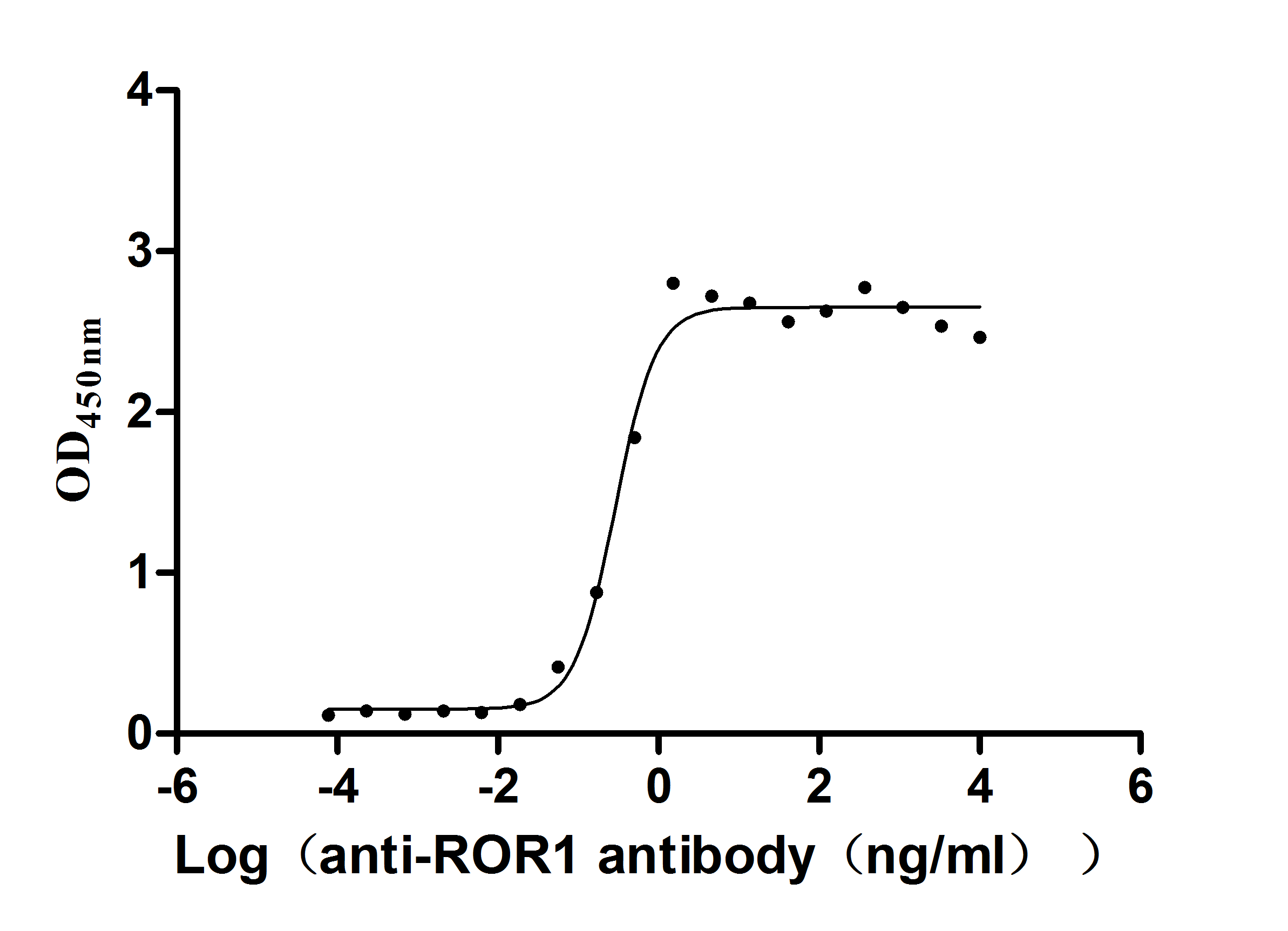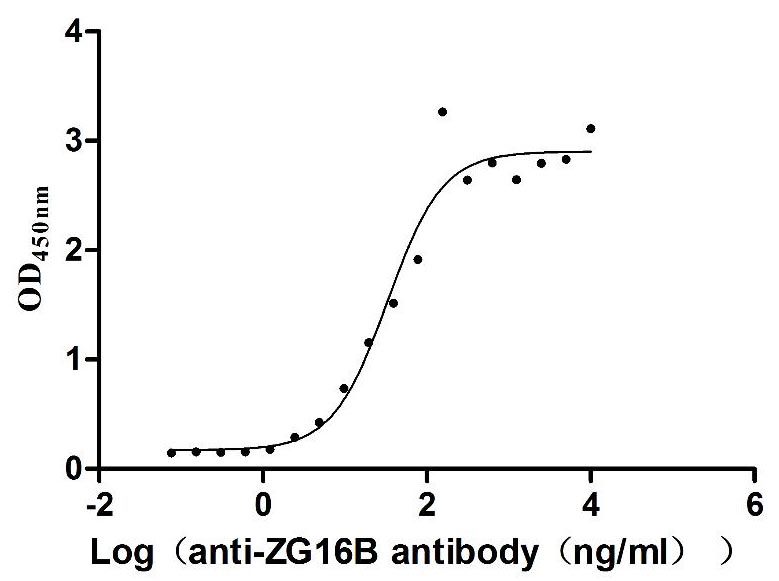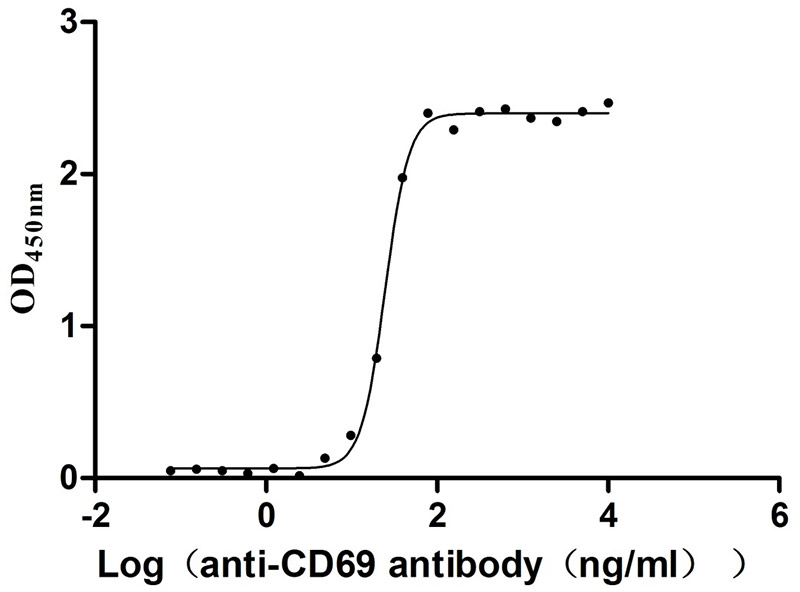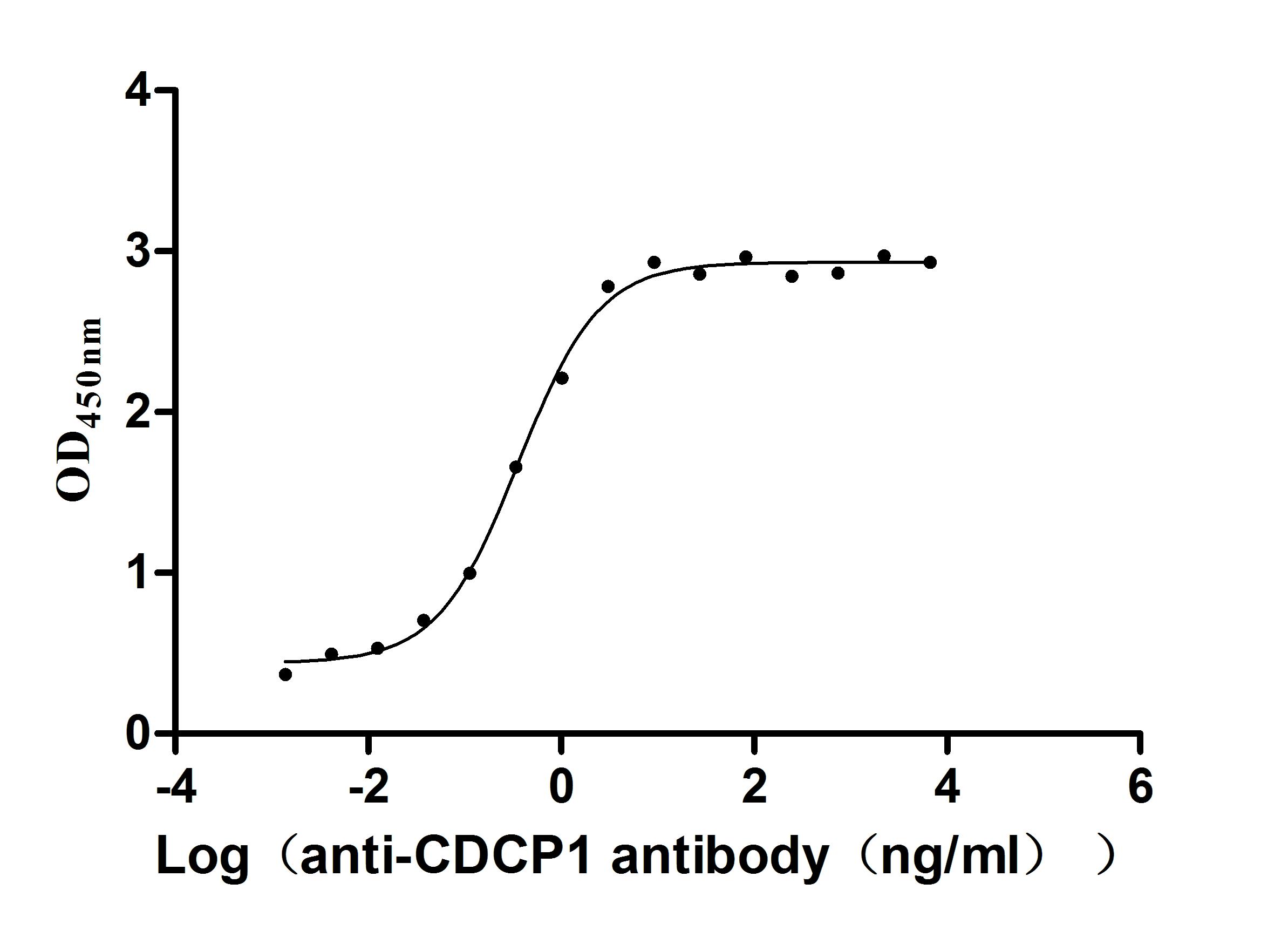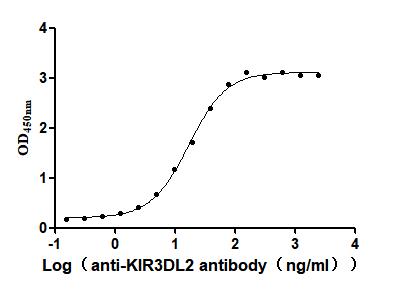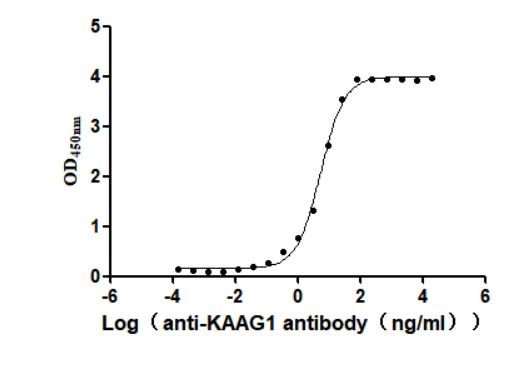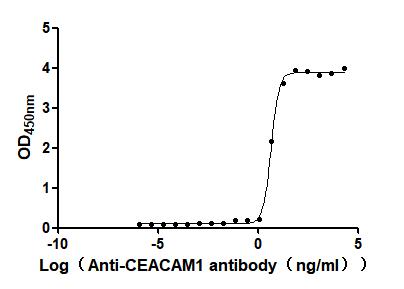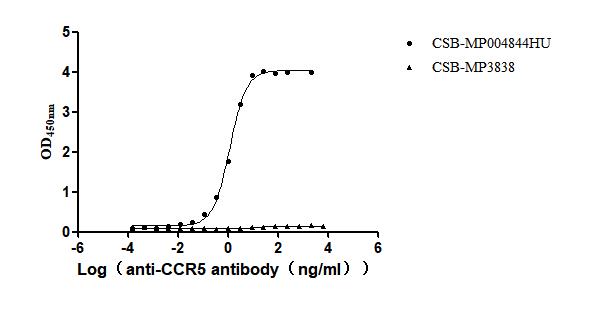Recombinant Rat Fatty acid synthase (Fasn), partial
-
中文名称:大鼠Fasn重组蛋白
-
货号:CSB-YP008435RA
-
规格:
-
来源:Yeast
-
其他:
-
中文名称:大鼠Fasn重组蛋白
-
货号:CSB-EP008435RA
-
规格:
-
来源:E.coli
-
其他:
-
中文名称:大鼠Fasn重组蛋白
-
货号:CSB-EP008435RA-B
-
规格:
-
来源:E.coli
-
共轭:Avi-tag Biotinylated
E. coli biotin ligase (BirA) is highly specific in covalently attaching biotin to the 15 amino acid AviTag peptide. This recombinant protein was biotinylated in vivo by AviTag-BirA technology, which method is BriA catalyzes amide linkage between the biotin and the specific lysine of the AviTag.
-
其他:
-
中文名称:大鼠Fasn重组蛋白
-
货号:CSB-BP008435RA
-
规格:
-
来源:Baculovirus
-
其他:
-
中文名称:大鼠Fasn重组蛋白
-
货号:CSB-MP008435RA
-
规格:
-
来源:Mammalian cell
-
其他:
产品详情
-
纯度:>85% (SDS-PAGE)
-
基因名:
-
Uniprot No.:
-
别名:FasnFatty acid synthase; EC 2.3.1.85) [Includes: [Acyl-carrier-protein] S-acetyltransferase; EC 2.3.1.38); [Acyl-carrier-protein] S-malonyltransferase; EC 2.3.1.39); 3-oxoacyl-[acyl-carrier-protein] synthase; EC 2.3.1.41); 3-oxoacyl-[acyl-carrier-protein] reductase; EC 1.1.1.100); 3-hydroxyacyl-[acyl-carrier-protein] dehydratase; EC 4.2.1.59); Enoyl-[acyl-carrier-protein] reductase; EC 1.3.1.39); Oleoyl-[acyl-carrier-protein] hydrolase; EC 3.1.2.14)]
-
种属:Rattus norvegicus (Rat)
-
蛋白长度:Partial
-
蛋白标签:Tag type will be determined during the manufacturing process.
The tag type will be determined during production process. If you have specified tag type, please tell us and we will develop the specified tag preferentially. -
产品提供形式:Lyophilized powder
Note: We will preferentially ship the format that we have in stock, however, if you have any special requirement for the format, please remark your requirement when placing the order, we will prepare according to your demand. -
复溶:We recommend that this vial be briefly centrifuged prior to opening to bring the contents to the bottom. Please reconstitute protein in deionized sterile water to a concentration of 0.1-1.0 mg/mL.We recommend to add 5-50% of glycerol (final concentration) and aliquot for long-term storage at -20℃/-80℃. Our default final concentration of glycerol is 50%. Customers could use it as reference.
-
储存条件:Store at -20°C/-80°C upon receipt, aliquoting is necessary for mutiple use. Avoid repeated freeze-thaw cycles.
-
保质期:The shelf life is related to many factors, storage state, buffer ingredients, storage temperature and the stability of the protein itself.
Generally, the shelf life of liquid form is 6 months at -20°C/-80°C. The shelf life of lyophilized form is 12 months at -20°C/-80°C. -
货期:Delivery time may differ from different purchasing way or location, please kindly consult your local distributors for specific delivery time.Note: All of our proteins are default shipped with normal blue ice packs, if you request to ship with dry ice, please communicate with us in advance and extra fees will be charged.
-
注意事项:Repeated freezing and thawing is not recommended. Store working aliquots at 4°C for up to one week.
-
Datasheet :Please contact us to get it.
相关产品
靶点详情
-
功能:Fatty acid synthetase is a multifunctional enzyme that catalyzes the de novo biosynthesis of long-chain saturated fatty acids starting from acetyl-CoA and malonyl-CoA in the presence of NADPH. This multifunctional protein contains 7 catalytic activities and a site for the binding of the prosthetic group 4'-phosphopantetheine of the acyl carrier protein ([ACP]) domain.
-
基因功能参考文献:
- Calorie restriction during pregnancy modified the hepatic Fasn mRNA transcript level and altered the blood cholesterol concentrations in dams, but there were no such effects in their four-week-old offspring. PMID: 28810876
- The involvement of SREBP-1c and ChREBP in FASN promoter histone modification.Histone acetylation affects FASN transcription by influencing ChREBP-binding carbohydrate-responsive elements. PMID: 28027934
- This study showed that an associated inhibition of peroxisomal proliferator activated receptor gamma coactivator 1alpha (PGC1alpha), increased fatty acid synthase (FASN) expression in the liver, and reduced adipocyte triglyceride lipase (ATGL) expression. PMID: 26287659
- Data suggest expression of Fas in liver can be regulated by dietary components; dietary fructose up-regulates expression of Fas; supplementation with citrulline prevents up-regulation of Fas, insulin resistance, and nonalcoholic fatty liver disease. PMID: 26246323
- Results show that genes with the highest expression in the mammary gland, liver and adipose tissue were Elovl5, Fads2, and Fasn, respectively, in a low-lipid diet than in adequate-lipid diet. PMID: 25046614
- Epididymal adipose tissue expression of the fatty acid synthase (FASN) gene and NADH dehydrogenase (ubiquinone) 1beta-subcomplex 6 (NDUFB6) were significantly reduced in the high fat diet group PMID: 20729114
- suppression of promoter by polyunsaturated fatty acids PMID: 11971939
- Transcription factors act on the promoter of the rat fatty acid synthase gene [review] PMID: 12440974
- hepatic gene expression of acetyl-coenzyme A carboxylase and fatty acid synthase was increased 2-fold in late low protein and low protein offspring PMID: 12634446
- glycerol-3-phosphate dehydrogenase, fatty acid synthase, and acetyl-coa carboxylase mRNA levels are upregulated by glucose, which requires glutamine, and glucosamine PMID: 12759350
- Downregulated by rosiglitazone. PMID: 15887043
- Prolactin represses expression of transfected rat FAS in mouse adipocytes through STAT5A binding to the -908 to -893 site. PMID: 15983196
- Insulin acutely reduces hepatic FAS activity by inducing phosphorylation of the carcinoembryonic antigen-related cell adhesion molecule 1 (CEACAM1) and its interaction with FAS. PMID: 16054098
- These results showed that increases in SREBP-1c were neither necessary nor sufficient for Glucokinase induction in hepatocytes, while at the same time they underscored the role of SREBP-1c as a key regulator of Fatty acid synthase. PMID: 16834571
- polyunsaturated fatty acids decrease in vivo binding of NF-Y and SREBP-1c to the proximal promoter of the hepatic Fasn gene PMID: 17313375
- Insulin, glucose and AICAR (an activator of AMP-activated protein kinase) affected changes in hypothalamic FAS mRNA, which may be regulated via the SREBP1c dependent or independent pathway. PMID: 17709201
- Normal flux through Fasn is not required for glucose-stimulated insulin secretion. PMID: 17823126
- Findings establish that sequence elements previously assigned to a central structural core region of the type I fatty acid synthases and some modular polyketide synthase counterparts play an essential catalytic role as part of the dehydratase domain. PMID: 18096506
- Dietary soy protein, by decreasing circulating insulin levels and colon FASN expression, attenuates insulin-induced DNA damage and FASN-mediated anti-apoptosis during carcinogenesis. PMID: 18239060
- There were reduced nuclear levels of the lipogenic transcription factor sterol regulatory element binding protein-1 in MCD-fed mice, but no consistent reduction in fatty acid synthesis genes (acetyl-CoA carboxylase and fatty acid synthase). PMID: 18280001
- Results describe the inhibition of fatty acid synthase by flavonoids extracted from Pangdahai (Sterculia). PMID: 18380011
显示更多
收起更多
-
亚细胞定位:Cytoplasm. Melanosome.
-
数据库链接:
Most popular with customers
-
Express system: Mammalian cell
Species: Homo sapiens (Human)
-
Recombinant Human Pancreatic adenocarcinoma up-regulated factor (ZG16B) (Active)
Express system: Mammalian cell
Species: Homo sapiens (Human)
-
Recombinant Human Early activation antigen CD69 (CD69), partial (Active)
Express system: Mammalian cell
Species: Homo sapiens (Human)
-
Recombinant Human CUB domain-containing protein 1 (CDCP1), partial (Active)
Express system: Mammalian cell
Species: Homo sapiens (Human)
-
Recombinant Human Killer cell immunoglobulin-like receptor 3DL2 (KIR3DL2), partial (Active)
Express system: Mammalian cell
Species: Homo sapiens (Human)
-
Recombinant Human Kidney-associated antigen 1(KAAG1) (Active)
Express system: Baculovirus
Species: Homo sapiens (Human)
-
Express system: Mammalian cell
Species: Homo sapiens (Human)
-
Recombinant Human C-C chemokine receptor type 5 (CCR5)-VLPs (Active)
Express system: Mammalian cell
Species: Homo sapiens (Human)


